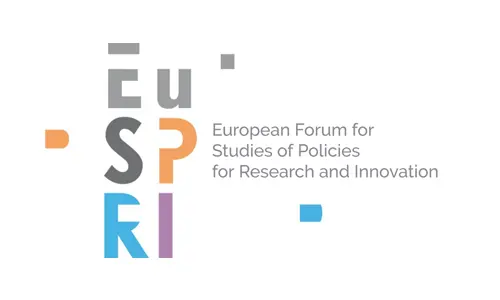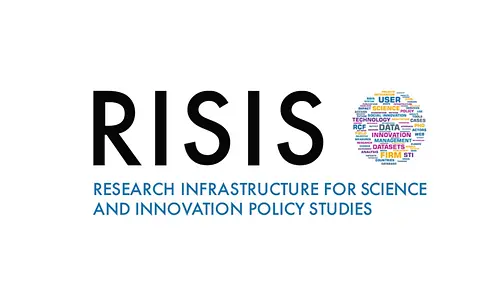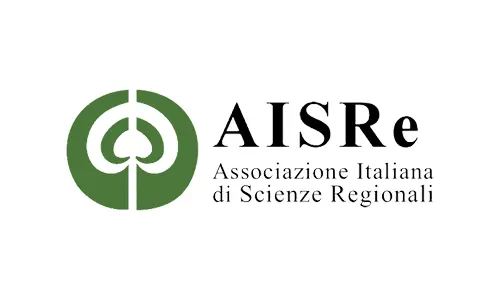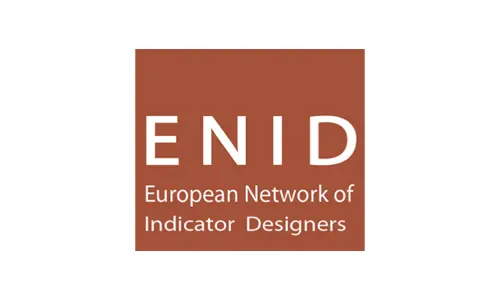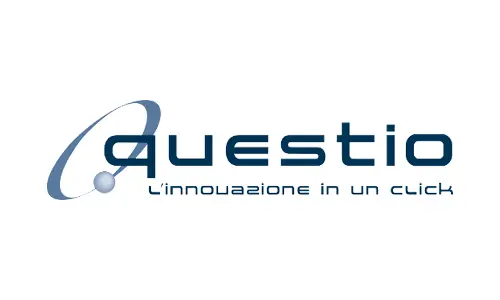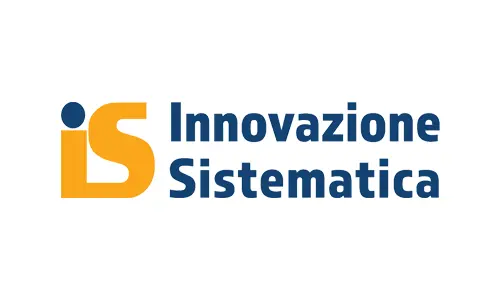Istituto di Ricerca sulla Crescita Economica Sostenibile
La scienza è dopotutto un’arte, una questione di consumata abilità nel condurre la ricerca.
J. DEWEY, 1925

Attività di ricerca
Portiamo innovazione attraverso attività di ricerca e sviluppo su tre aree tematiche principali e due tematiche orizzontali.
Ultime news dal blog
Scopri i nostri prossimi eventi in programma
Diffondere le proprie ricerche in modo open: le linee editoriali CNR-IRCrES
Webinar series “Evaluation of safety and security policies”: Can fines improve data protection?
Il racconto del calcio, Seminario itinerante in tre puntate: la letteratura
Webinar series “Evaluation of safety and security policies”: Occupational safety and economic performance: which relationship?
Esplora i progetti PNRR in cui siamo coinvolti

Pubblicazioni scientifiche in evidenza
Quaderni - GEROLAMO CUNEO. Scritti di biochimica 1891-1923. Quaderni IRCrES 20
Rapporto Tecnico - Analysis and Application of Generative Transformational Artificial Intelligence
Working Paper - How to measure the social acceptability of alternative environmental management solutions in wetlands and other ecosystems
Quaderni - Ambiente, salute e lavoro: analisi empiriche per uno sviluppo integrato. Quaderni IRCrES 19
Risorse
Al CNR-IRCrES trovi risorse per la ricerca basate su innovazione, cooperazione e modalità aperte di diffusione della conoscenza.


